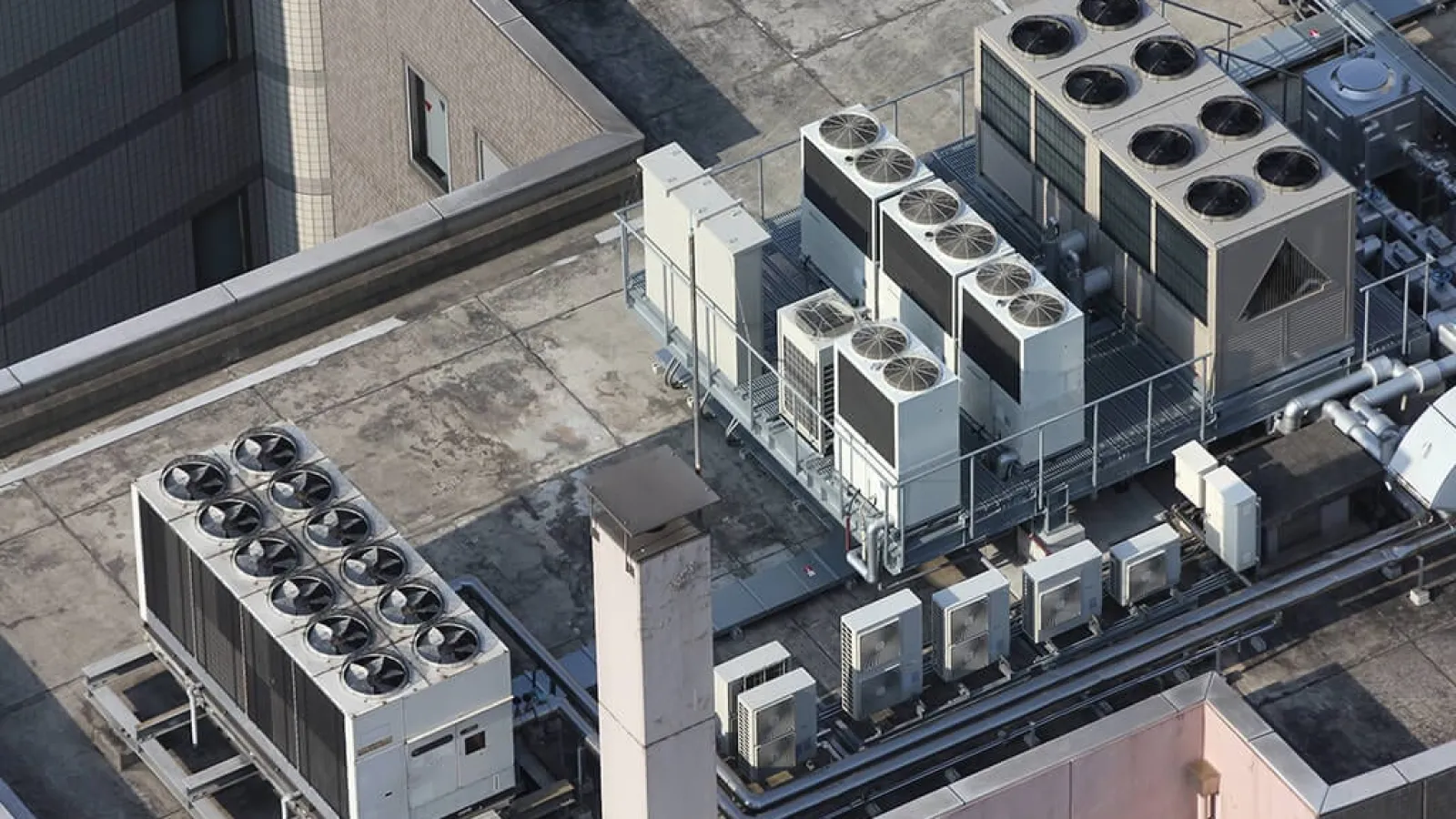Problematic HVAC equipment can be a serious burden for an Atlanta commercial building, driving up operating costs with energy waste and various repair needs. This is money that could be better spent improving or expanding a business. Recoup these funds and allocate them to the areas that best benefit your business with these tips to lower commercial heating and cooling system costs.
Commercial HVAC Maintenance
Regular preventative maintenance is the best way to reduce commercial heating and cooling costs no matter how new or old your building’s heating and cooling equipment is. Regular maintenance tune ups for furnaces, boilers, chillers, air conditioners, and other HVAC units improves equipment performance and condition, which allows for more efficient operation and fewer repairs. Regular in-house maintenance tasks such as air filter changes and equipment cleaning also benefit these HVAC systems and lower operating and upkeep expenses.
Create and Control Temperature Zones
It’s highly unlikely that every area of your commercial building requires the same heating and cooling throughout a day’s time. Create zones by grouping areas together and controlling temperatures independent from one another. Manufacturing floors, offices and showrooms can all be separate temperature zones.
Work with a commercial HVAC technician to zone the existing HVAC system with dampers and VAV boxes, and install separate thermostats in each area of the building that can benefit from being at a different temperature. Add a building automation system, occupancy sensors, and other controls to further reduce energy waste and control temperatures across all areas of the facility.
Improve Commercial Duct Systems
Forced air commercial HVAC systems lose significant energy through duct leaks, which are common in large commercial buildings. Old duct systems are prone to damage that creates points of air infiltration, and poorly designed duct systems with many joints are also likely to leak air. Gaps and openings in the building’s duct system cause HVAC energy loss and contribute to other problematic issues such as the spread of smoke and other contaminants, leading to diminished indoor air quality as well as safety issues for occupants.
Duct sealing reduces commercial HVAC unit costs by closing points of air loss and corresponding energy loss. Sealed ducts reduce the workload for heating and cooling units, helping them operate at greater energy-efficiency levels. Eliminating operating stress also preserves equipment condition, leading to fewer breakdowns and repair needs.
Increase Building Insulation
Reduce commercial HVAC energy costs by helping your building hold onto the energy it uses to create heated and cooled air for occupants. Poor or insufficient insulation in walls and ceiling spaces contribute to heating and cooling loss, and energy waste. These losses increase the load for HVAC units, forcing them to consume and waste excess energy to make up for the loss while adding wear and tear that diminishes equipment condition.
Insulation can be added to a commercial building in various ways. Fiberglass, foam, and expandable materials can fill minor areas as well as improve insulation levels across large spaces. Window coverings seal leaks around frames and block thermal heat gain. Pipe insulation prevents heat loss from water. By improving insulation, the building is able to block out sources of heat gain while closing pathways for energy loss, reducing commercial HVAC costs.
Cut Commercial HVAC Costs with Estes Commercial
Estes Commercial helps Atlanta area building and business owners cut commercial heating and air conditioning costs to keep operating expenses in check. Our commercial heating and cooling technicians provide the services your systems need to maintain operating efficiency and high equipment function for extended service life and fewer repairs. Contact us today to discuss ways to cut commercial HVAC costs throughout your facility.


